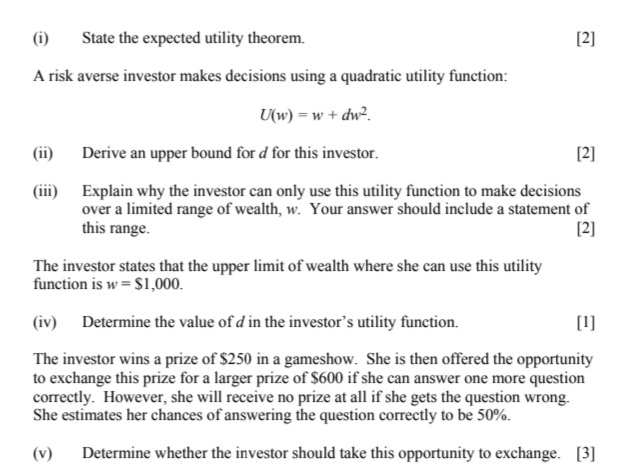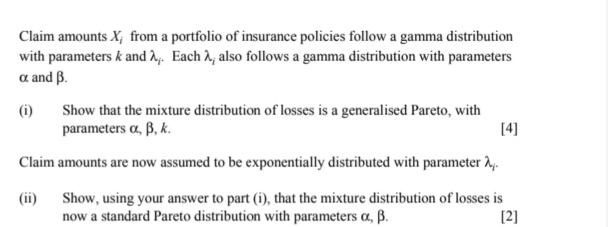Question
(i) List four different situations in which pension rights can be converted to a cash sum under a trust based defined benefit pension scheme. [2]
(i) List four different situations in which pension rights can be converted to a
cash sum under a trust based defined benefit pension scheme. [2]
The trustees of the above scheme are reviewing the terms upon which a member can
convert their pension rights to a cash sum to ensure they are consistent in all
situations. In particular, they are considering whether to set the same conversion
terms for cash commutation at retirement and transfer value payments prior to
retirement.
(ii) Outline the underlying principles that the trustees should consider when
determining the approach to adopt for:
(a) cash commutation factors.
(b) transfer values. [16]
(iii) Discuss the implications for the scheme and the member if the trustees decide
to set the same conversion terms for cash commutation and transfer values.
[7]
2. Describe the empirical evidence relating to the continuous-time lognormal model for
security prices.
3




Step by Step Solution
There are 3 Steps involved in it
Step: 1

Get Instant Access to Expert-Tailored Solutions
See step-by-step solutions with expert insights and AI powered tools for academic success
Step: 2

Step: 3

Ace Your Homework with AI
Get the answers you need in no time with our AI-driven, step-by-step assistance
Get Started


